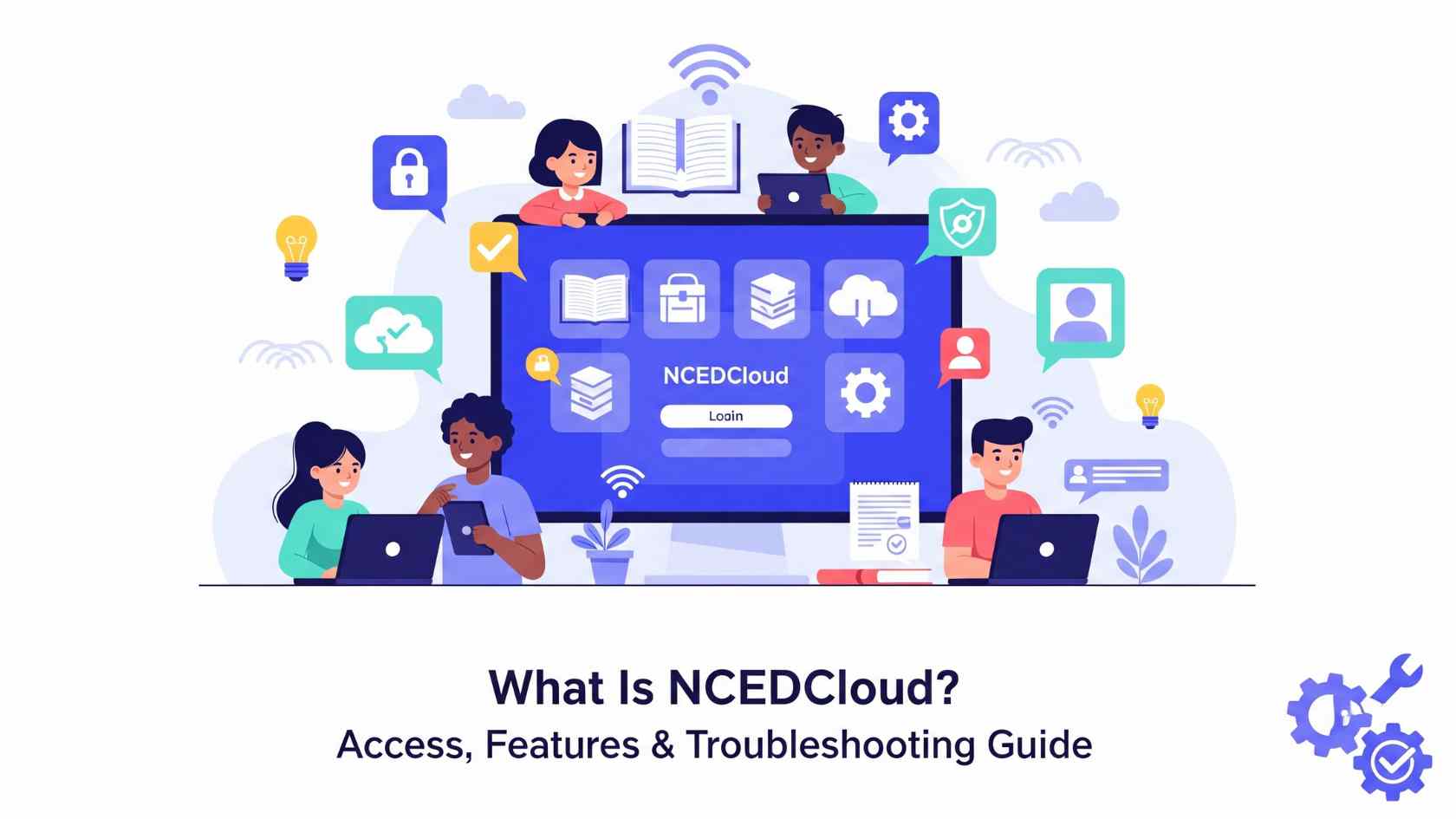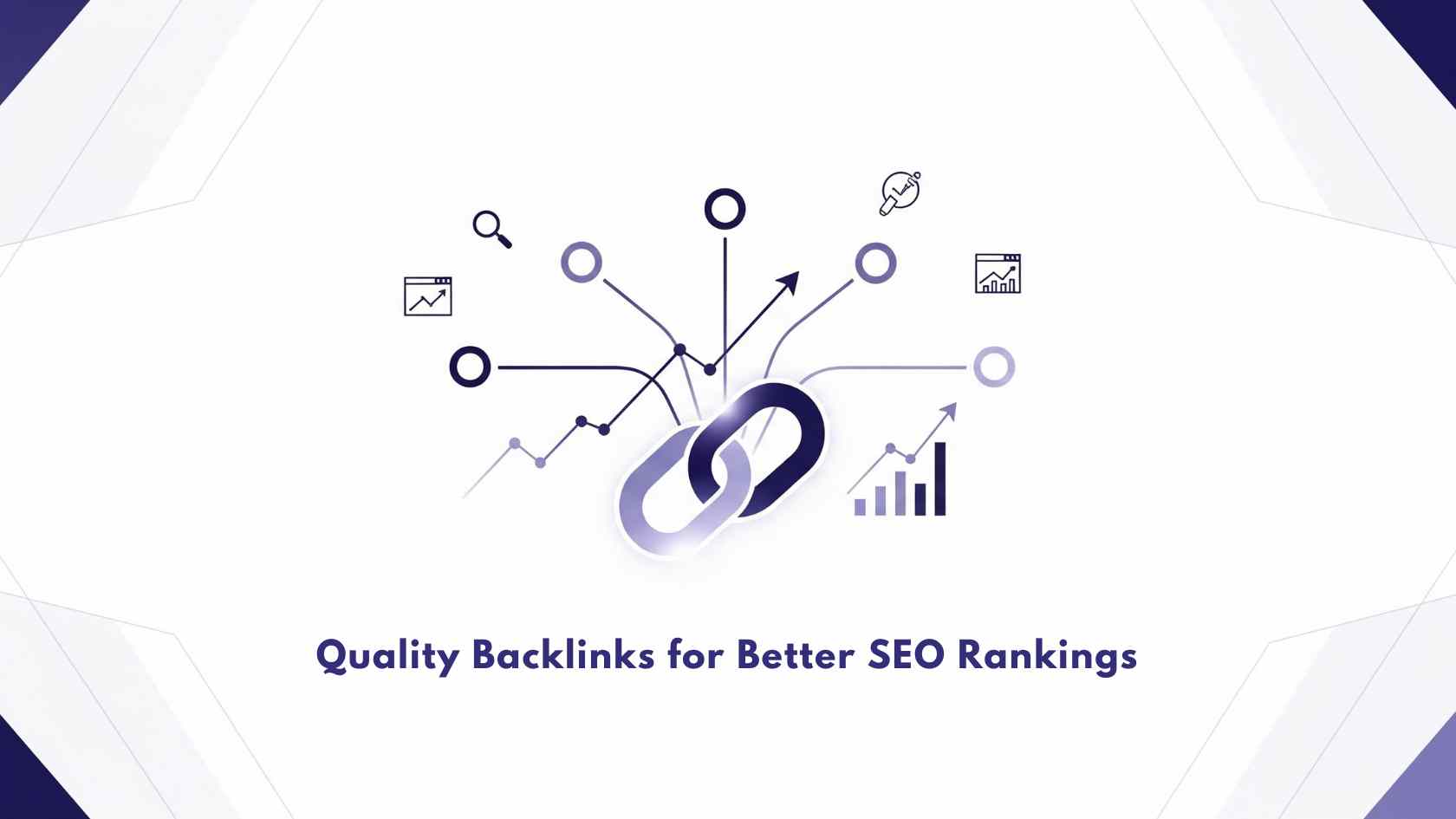“Strong requirements management” is the backbone of every successful software project. Many projects fail not because of bad coding, but because teams build the wrong thing. That happens when requirements are unclear, scattered, or constantly changing.
Modern teams need more than sticky notes and messy spreadsheets. They now use smart and intelligent tools to keep everything aligned. These tools, like AI for requirements gathering and robust requirements management tools, help ensure that developers, testers & stakeholders have the same vision.
Without strong requirements management, projects quickly fall into confusion and chaos. With it, they gain direction, focus, and a greater chance of success.
What Is Requirements Management?
Requirements management is the process of capturing, tracking, and updating needs. These needs define “what the system must do & why it matters.” Picture it as a map for your work. It shows you where to go and tells you when something changes. It helps everyone stay on track when new tasks come up.

Without doing this, you’re working with your eyes closed. The people in charge might change their minds, and your team won’t know. Managing what needs to be done keeps everyone working together, even when things get tough.
Benefits of Strong Requirements Management
Strong requirements management brings powerful benefits to software development:
- Lower costs—Catch problems early before they get expensive to fix.
- Better communication—teams & stakeholders stay aligned.
- Higher quality—developers know what to build & testers know what to check.
- Faster delivery – Less rework means projects reach users more quickly.
- Happier stakeholders – Final results align more closely with the original vision.
- Fewer risks – Potential issues are seen and addressed before they grow.
Utilising a dedicated requirements management tool can amplify these benefits. Such tools support version control, facilitate collaboration, and prevent getting lost in endless documents.
Best Requirements Management Techniques

Now, let’s explore the most effective techniques every team should know.
1. Requirements Traceability Matrix
A traceability matrix connects business needs, requirements, designs, and test cases. It ensures no need is lost or forgotten during development. You can create a simple spreadsheet to link items together. Or you can use advanced tools that automate these connections.
This method makes change management easier. If a requirement changes, the matrix shows what else will be affected. Testers also use it to confirm that every requirement has test coverage.
2. User Story Mapping
User story mapping creates a clear picture of the user journey. It breaks large workflows into smaller, easier-to-handle stories. Begin by identifying the main users and their core goals. Then map out the steps they take to reach those goals.
Place these stories in order on a board or digital tool. The horizontal line represents the journey, while the vertical stacking indicates priority. This method focuses on user needs while spotting gaps early.
3. MoSCoW Prioritisation
“MoSCoW” means to have, should have, could have, will not have. It helps teams decide what matters when time or resources are limited. Must-haves are required for success and cannot be skipped. Should-haves are valuable but not critical for the first release. Could-haves are nice extras if time allows. Won’t-haves are not part of the current project scope. “ This method prevents feature creep & keeps projects grounded in core goals.”
4. Prototyping and Wireframing
“Prototypes & wireframes” turn ideas into visual models. They show what the system may look like before coding begins.
“Stakeholders” can see and interact with mockups early. This “reduces misunderstandings & avoids costly surprises later.”
“Wireframes” do not need to be perfect. The goal is clarity, not design beauty. They provide teams with a shared vision to build upon.
5. Requirements Reviews and Sign-offs
Reviews and sign-offs keep stakeholders aligned as requirements evolve. Regular meetings create checkpoints where everyone can confirm agreement. Bring in “business owners, developers, testers, & architects” for these meetings. Write down what you decide, & make sure everyone agrees before you continue.
This stops problems later when someone says, “That’s not what I wanted.” Getting everyone to agree ensures all team members are on the same page and take responsibility.
6. Version Control for Requirements
Requirements often change, but changes must be tracked carefully. Version control treats requirements documents like code with a full history. Tools can capture who made changes, when, and why. This creates transparency and avoids blame or lost details.
With version control, teams can embrace change instead of fearing it. It keeps projects flexible while protecting from confusion.
7. Defining Acceptance Criteria
Acceptance criteria define what “done” really means for each requirement. They turn vague goals into measurable and testable conditions.
For example: “Given the user is logged in, when they click export, then a file downloads within three seconds.” This clarity helps developers build features correctly and gives testers a checklist to verify success.
Common Pitfalls (and How to Avoid Them)

Even with “best practices”, teams can fall into traps. Here are the common ones to avoid:
- Scope creep—small requests accumulate and expand the project size.
- Vague language—Requirements are unclear and open to many meanings.
- No validation—teams skip stakeholder reviews and assume things are correct.
- Ignoring non-functional needs—security, speed, or scale- is left too late.
- Chaotic changes—updates happen without logs or impact analysis.
- No ownership—Nobody takes charge of keeping requirements up to date.
Avoiding these issues takes discipline. Schedule reviews early, use clear and concise wording, maintain change logs, and assign clear responsibilities.
Conclusion
Managing requirements may not look exciting, but it determines whether a project succeeds or fails. Beautiful code means nothing if it does not fix real problems. The methods we discussed – keeping track of requirements, mapping stories, MoSCoW ranking, test models, check-ups, version tracking, and acceptance rules – all work well. They bring clarity, organisation, and trust to complex projects.
Teams that focus on good requirement management do well and give value to their clients quickly, safely, and with better results. They keep clients satisfied and lower project dangers.










